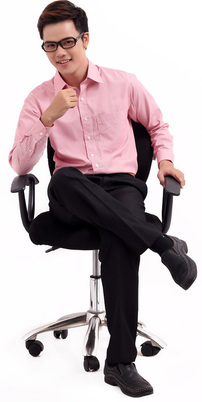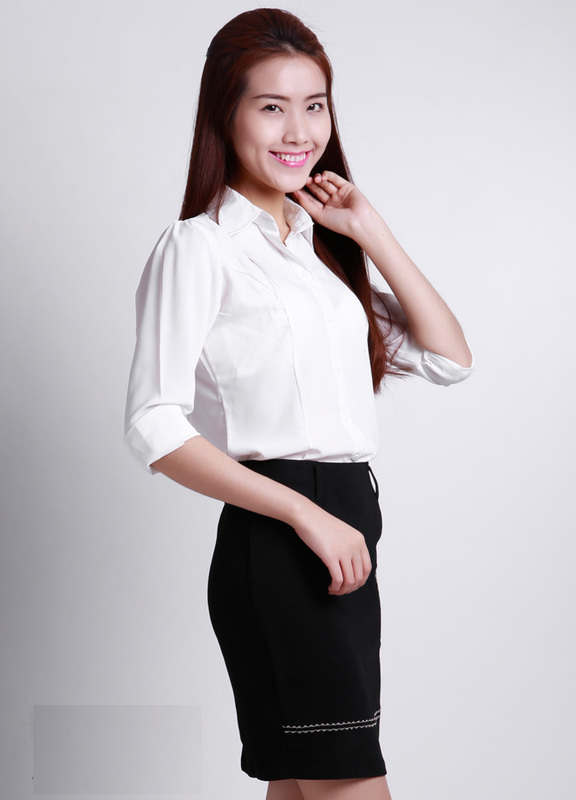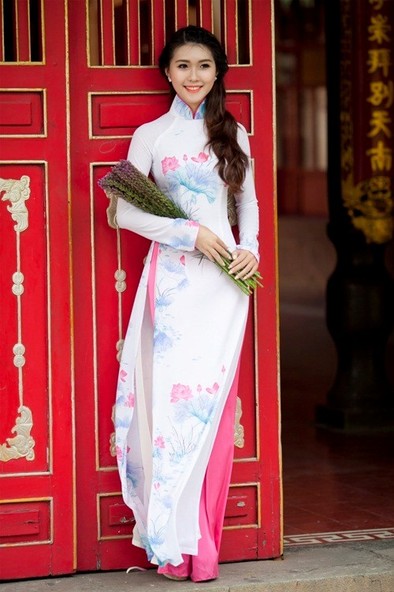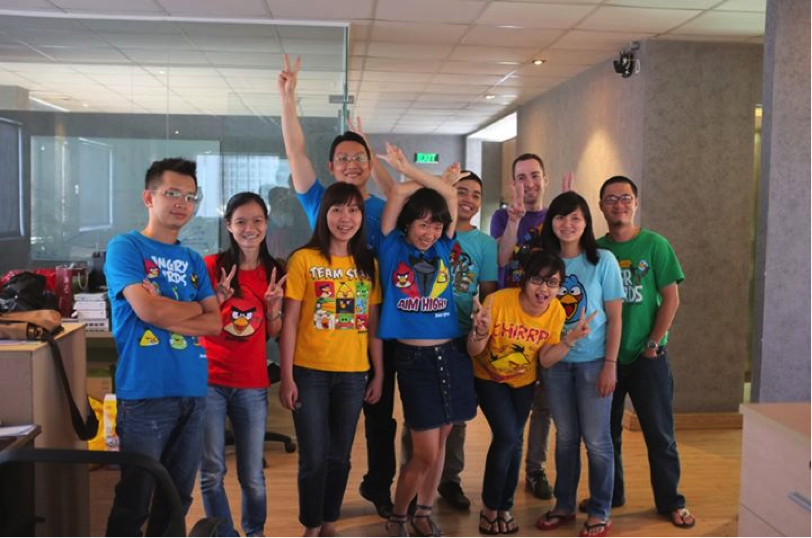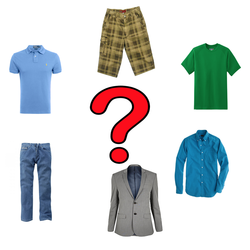Smart casual? What does it mean?
|
Most Vietnamese people have no idea about Western dress codes such as “black-tie”, “semi-formal” or “business casual”. For many of us, there are only two dress codes: “formal” and “casual” but generally speaking, Vietnamese people dress more casually than Westerners, mainly because of its hot climate. In Vietnam, a formal dress doesn’t need to have suit and tie. The following photos show examples of what can be considered as “formal”:
And yes, they are considered as formal enough for office, job interview or wedding party. For female, the traditional “áo dài”, which means “long dress” in English, can also be considered as formal dress for ceremonies and parties (but not very suitable for job interview).
Vietnamese traditional "áo dài" (long dress)
Dressing in the North is usually more formal than in the South, mainly because of the difference in culture and climate. It is colder in the North and hence, suit and tie are more popular there. Dress code also varies between professionals. People who work in the banking, insurance or finance sector usually dress more formal than those who work in IT. Most developers wear jean and t-shirt in the office, many companies even accept short and flip-flop. The following photo shows how staff dress in a software company in Ho Chi Minh City:
Dress code is usually more casual in IT companies
Since Vietnam has no definitions of “black-tie”, “semi-formal”, “smart casual” or “business casual”, please give details instructions to your Vietnamese friends or colleagues in case they need to follow a certain dress code. Example photos for both male and female will perfectly solve the problem.
|
Key takeaways
More to read...
|
